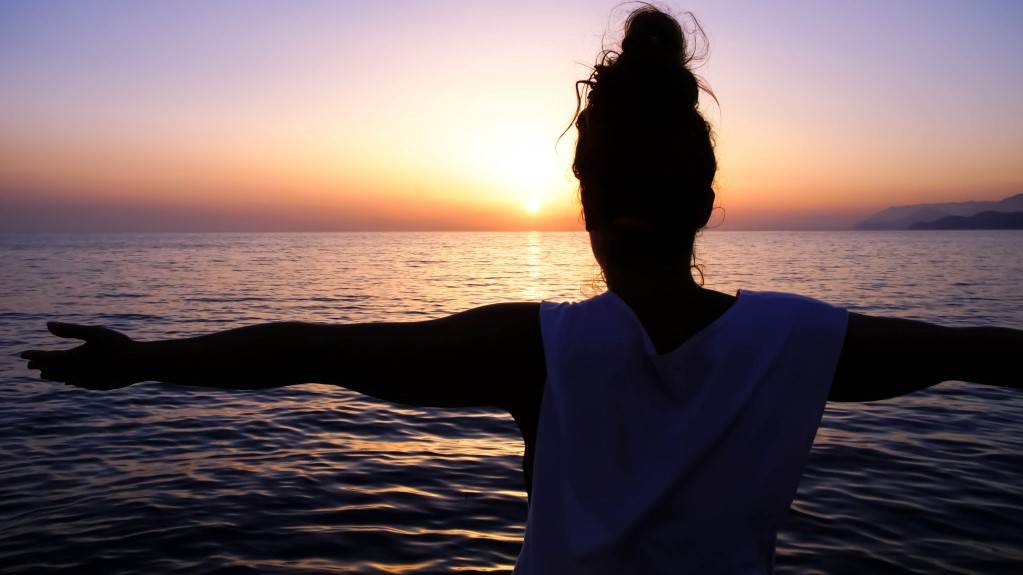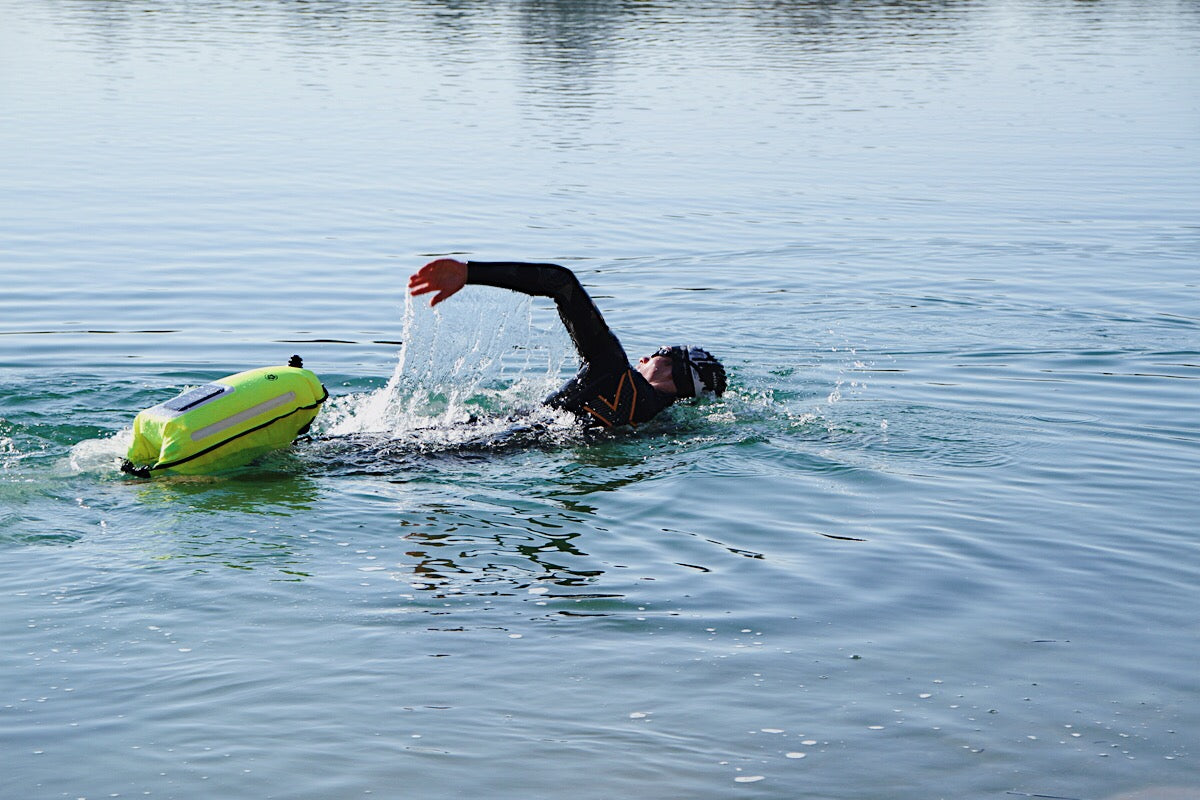We triathletes actually do everything right. We encounter the world in which everyone is sitting more and more - in the office, on the sofa, in the car - with a lot of movement. And yet many of us are not spared from back pain. triathlon.de shows you why that is and what you can do about it.
Almost every European suffers or has suffered from back pain - the figures from various studies are up to 90%. Doctors advise more exercise - swimming is often recommended, as is cycling and running. The main thing is to be active, the main thing is to get away from the screen and away from modern convenience. It's pretty nasty that triathletes can suffer from back pain as well - albeit much less often than couch potatoes. If it hurts, it's mostly in the lower back at the level of the lumbar spine or high up in the neck.
If triathletes have "backs"...
Especially in the flagship sport of swimming, it can lead to common pain in the lower back. You have the feeling of "breaking through the middle". Above all, freestyle and dolphin swimming becomes torture. When cycling, on the other hand, the upper neck is more tormented if we ride in the aero position for too long.
However, the most common reason for back pain is a blockage of the sacroiliac joint (ISG). About 70% of all people have had problems with an ISG blockage at some point. The SIJ connects the spine to the iliac wings, so there are two SI joints. The connection in the lower back is quite tight due to strong ligaments and muscles in this area. The range of motion is minimal and voluntary movement is not possible at all. Nevertheless, a blockage in the ISG is the most common cause of pain in the lumbar spine area. The pain is correspondingly deep and is particularly severe when you bend forward or spread your legs to the side.
About small missteps and the wrong head position
back pain
The causes of an ISG blockade are not triathlon specific. For once, overtraining isn't to blame (we'll get to that later). The most common causes are "kicking into the void", for example if you overlook a step or a tree root, incorrect lifting and jerky twisting movements in the upper body. Anatomical weaknesses such as a leg length discrepancy or pelvic torsion can favor SI joint blockages.
The above-mentioned pain caused by swimming or cycling in a wind-unfriendly position is purely a matter of the mind. An incorrect head position when swimming changes the entire position in the water to the detriment of the lower back. When swimming with dolphins, we often automatically hollow our back; This also happens when you swim breaststroke. Result: Shortened back muscles – and pain.
Back pain when cycling is also caused by an unfavorable posture, and the posture of the head is usually to blame. If we expose ourselves to an unfamiliar and extreme position for too long, our neck and back will eventually go on strike. You feel "tense" all the time.
backing by looseness and strength
An orthopedist or physiotherapist can quickly identify whether there is an ISG blockage and can usually release it just as quickly. Anyone who recognizes the pain and suspects a renewed ISG blockage can find relief themselves through slight (!) self-mobilization and heat treatment. Standing still is more of a step backwards. You should just take it easy.
However, if numbness occurs alongside the blockage, a doctor should be consulted as soon as possible. The same applies to long-lasting, severe pain. Under no circumstances should you grit your teeth, ignore the pain and just keep training.
Anyone who regularly includes strength training for the core in addition to the three endurance disciplines creates a strong framework against back pain. In every discipline, the torso must absorb and pass on the forces produced by the arms and legs. With a strong core you can swim, cycle and run more effectively and economically - and prevent many causes of back problems. At the same time, stretching helps to support flexibility and muscle regeneration.
Where else does the shoe pinch?
No triathlon injury and ailment article is complete without overtraining and footwear. As already mentioned, leg length differences in particular, but also other malpositions, can cause long-term problems - if they are not neutralized with insoles and suitable footwear.
Proper training planning is just as important. During training, possibly combined with work and everyday stress, the more sluggish structures such as bones, tendons and connective tissue adapt more slowly than the metabolism and muscles. So if we don't give ourselves enough breaks, at some point those structures will no longer be able to keep up. The back can also suffer. Anyone who has just returned from the training camp can make themselves a cup of tea and put their feet up in the bath – it's also good for your back!




















